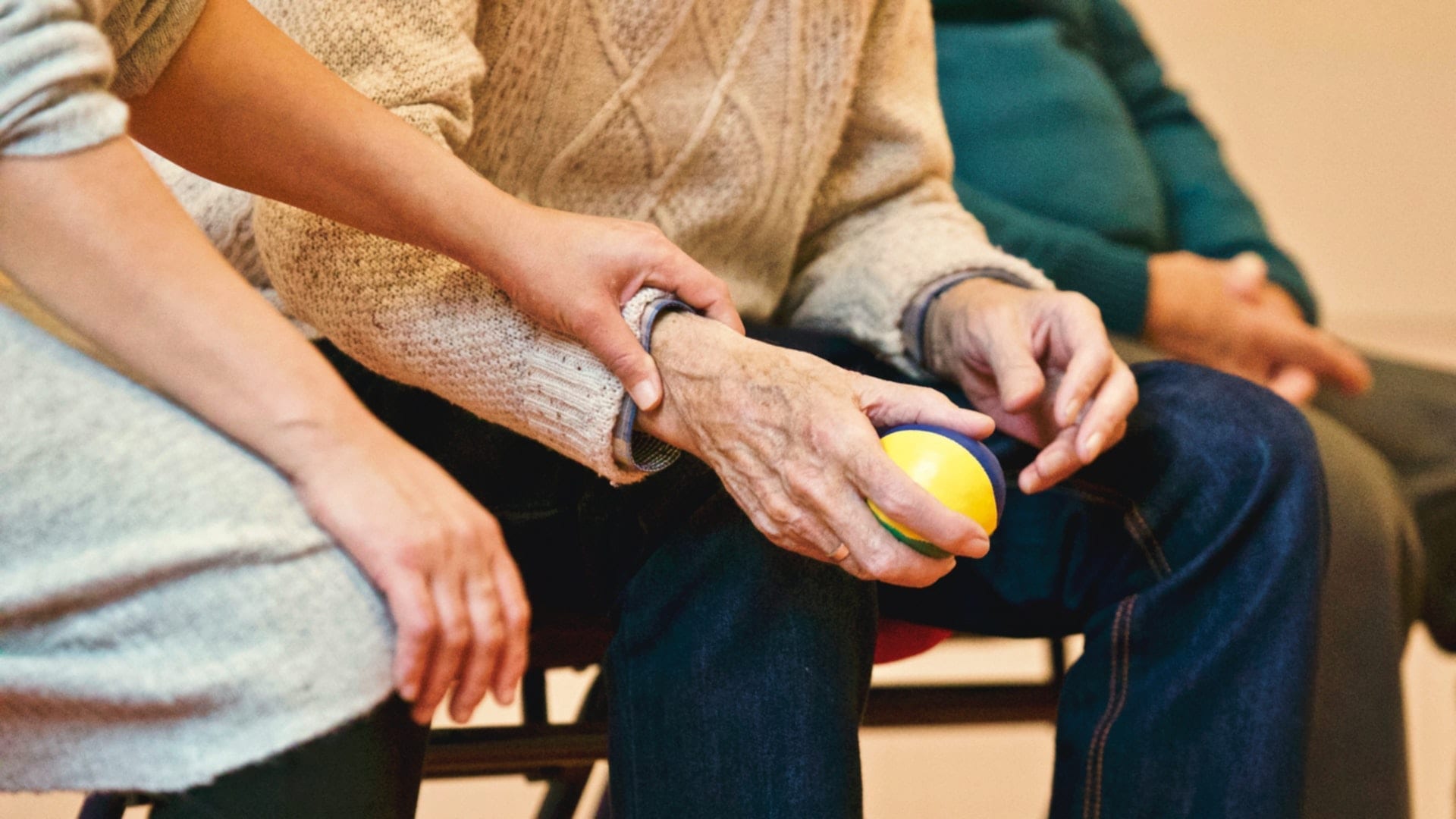Compassionate release is when jails and prisons let people out before their sentence is complete due to their health or family situations. The system is used by 49 states, D.C. and the federal government. However, not many prisoners are let out because of compassionate-release laws.
How does compassionate release work?
A prison may release an incarcerated person if they have “extraordinary and compelling reasons” to do so. This means something like a terminal illness.
Compassionate release goes by other names depending on the system. Some call it “medical parole” or “geriatric parole.” But the idea remains the same. Some people are too sick or too close to death to stay in prison. Sometimes, there may also be need for them to be at home that is greater than for them to be in prison. Examples include when a close loved one needs care.
In most cases, a compassionate release does not mean someone has finished their sentence. It is similar to supervised release. The person is still in a form of custody, but they are at home or in the hospital.
What are the conditions you must meet for release?
Each system has its own requirements. However, many of them are common between each system. Most of them are similar to the BOP guidelines.
- Medical condition. Prisons may grant early release to someone with a serious health condition. For example, if you have a terminal illness, you may wish to request a compassionate release. It also includes physical or mental health conditions so severe that a person in prison cannot care for themselves. Often, prison facilities are not set up to deal with this type of medical care.
- Age. The age of an incarcerated person is another “compelling reason” for compassionate release. A jail or prison will consider release for people 65 and older. But that person also must show “serious deterioration” in their health. Usually, they must also have completed at least 75% of their sentence or served 10 years. However, this is not a strict requirement.
- Family. Prison officials may grant early release for some family situations. For example, if your partner dies and there is no caregiver for your child, a compassionate release might be possible.
- Other. Requests for release are taken on a case-by-case basis. Therefore, your reason does not have to fit into any of these categories. But your request won’t be granted unless there is an extraordinary and compelling reason for it.

How can you apply for early release through the program?
Before, only prison officials could start the release process. But thanks to the First Step Act, prisoners and their families can make requests. The BOP has a well-defined process for this. This process might be a little different for each facility, but it usually looks like this.
- You or a family member makes a request to have the facility file a motion for release.
- Wait for the warden’s response. BOP officials have 30 days to respond.
- If the request gets rejected, you can appeal. In the BOP system, you have 20 days to appeal.
- A Regional Director will look at your appeal. Then they will decide whether they agree with you or with the warden.
- If the Regional Director sides with the warden, you have 30 days to appeal.
- Either the BOP General Counsel or Director will look at your appeal. They will make a final decision about your case. Then, they will notify you.
- If your case is denied, you can take it to court. You will do this by filing a motion.
The Takeaway:
Prisons grant compassionate release to people in extraordinary and compelling situations. This could be a severe illness or an end-of-life situation. They may also grant release for family emergencies. To request release, you need to follow the official process.






